Letter to board members template
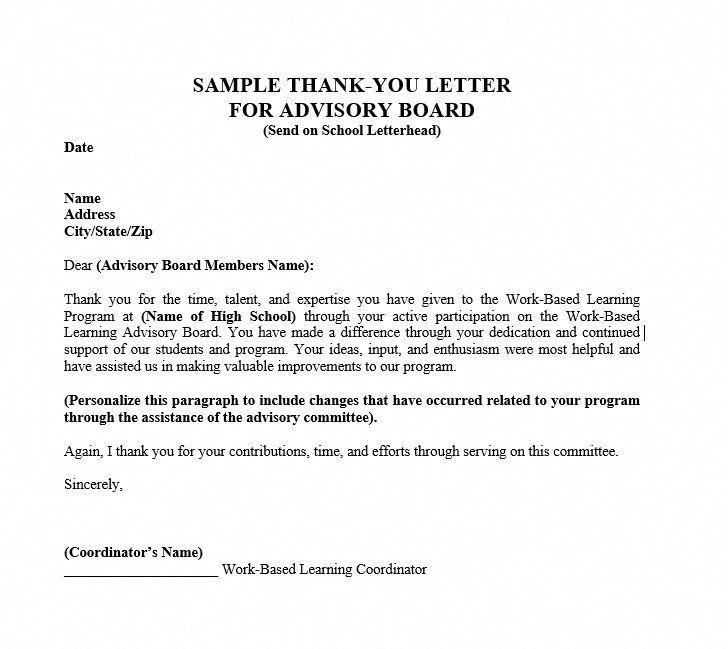
To create an impactful letter to board members, focus on clarity and brevity. Start with a clear subject line and opening statement. Directly address the board’s role, your purpose, and the desired outcome. This approach ensures your message is understood and engages the recipients immediately.
Use concise language and avoid unnecessary jargon. Present relevant facts or updates succinctly, providing context for any actions you want the board to take. Structure your letter in a way that guides the reader through key points–prioritize urgency, relevance, and actionable next steps. Clearly state any deadlines or expectations you have from the board members, while keeping the tone respectful and professional.
Finally, close with a strong call to action or request for a meeting, providing all necessary contact details. This ensures the board has all the information they need to respond or act promptly. Keep your letter formal but approachable, focusing on fostering collaboration and clarity.
Letter to Board Members Template
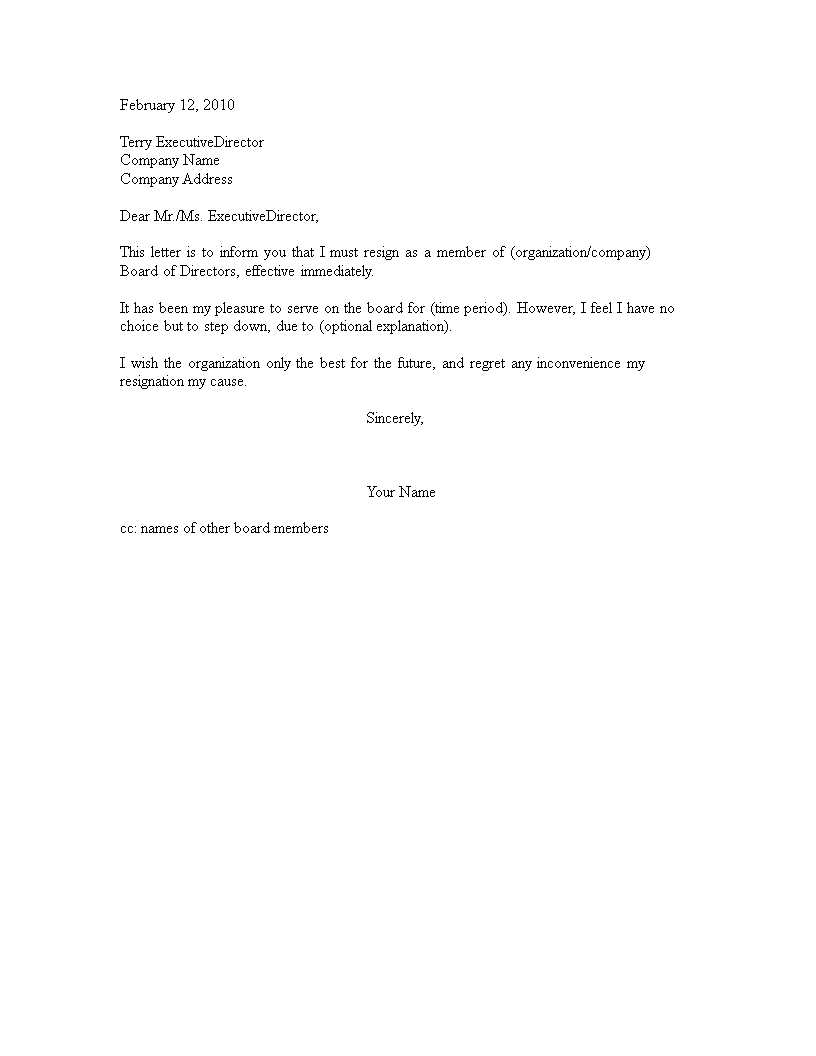
Begin with a clear subject line that captures the main point of your message. Be concise and direct, highlighting the purpose of your communication. Acknowledge the board members’ roles and responsibilities to set a professional tone from the start.
Next, provide a brief update on the organization’s current state. If there are key achievements or changes, include those details. Keep this section factual, presenting only the most relevant points that the board should be aware of.
Address any specific matters that need the board’s attention. This could be a request for approval, feedback on a decision, or discussion of an upcoming project. Ensure that each topic is clearly outlined and easy to follow. Avoid unnecessary details and focus on actionable items.
Close by thanking the board members for their time and commitment. Include any next steps or follow-up actions, such as a meeting date or documents they should review. Conclude with a polite, professional sign-off, reiterating your appreciation for their contributions.
How to Address Board Members Professionally
Use formal titles and last names when addressing board members, such as “Mr. Smith” or “Dr. Johnson”. If the board member has a professional or academic title, always include it. Addressing someone by their title conveys respect and maintains a professional tone throughout communication.
Use Clear and Direct Language
Keep your communication straightforward. Avoid jargon or overly casual phrases that may undermine professionalism. For example, instead of saying “Hey team, here’s the update,” say “Dear Members of the Board, here is the latest update on…”. This ensures clarity and shows your commitment to professionalism.
Be Specific and Purposeful in Your Requests
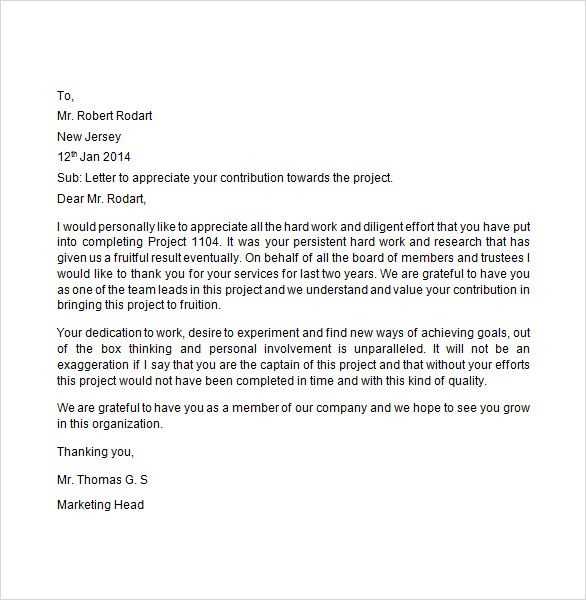
When making requests, be concise and specific. Instead of vague phrases like “It would be helpful if you could look into this,” say “I would appreciate your feedback on the attached report by Friday.” This sets clear expectations and respects their time.
Always conclude with a respectful sign-off, such as “Sincerely” or “Best regards”, followed by your full name and position if necessary. This helps maintain a formal tone and provides clarity on your identity and role.
Structuring the Letter for Clarity
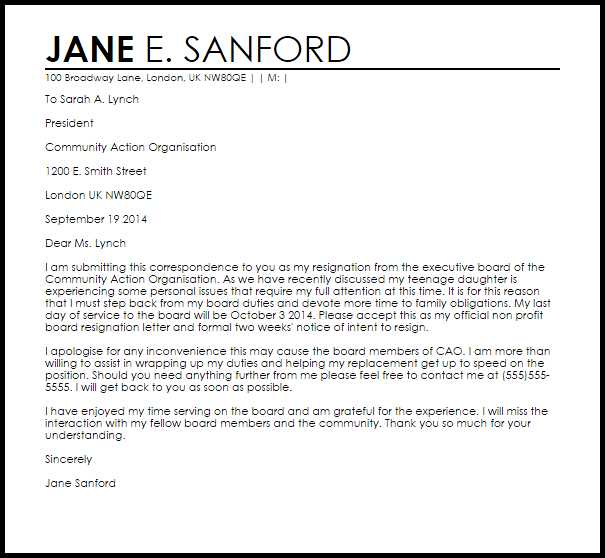
Begin by dividing your letter into clear sections. Each section should focus on one key point, ensuring the content remains easy to follow. A well-structured letter avoids overwhelming the reader with excessive details all at once.
1. Start with a Direct Opening
Open with a concise statement of purpose. Avoid unnecessary pleasantries or background information that distracts from your main message. Be clear about the intent from the start.
2. Organize Content Logically
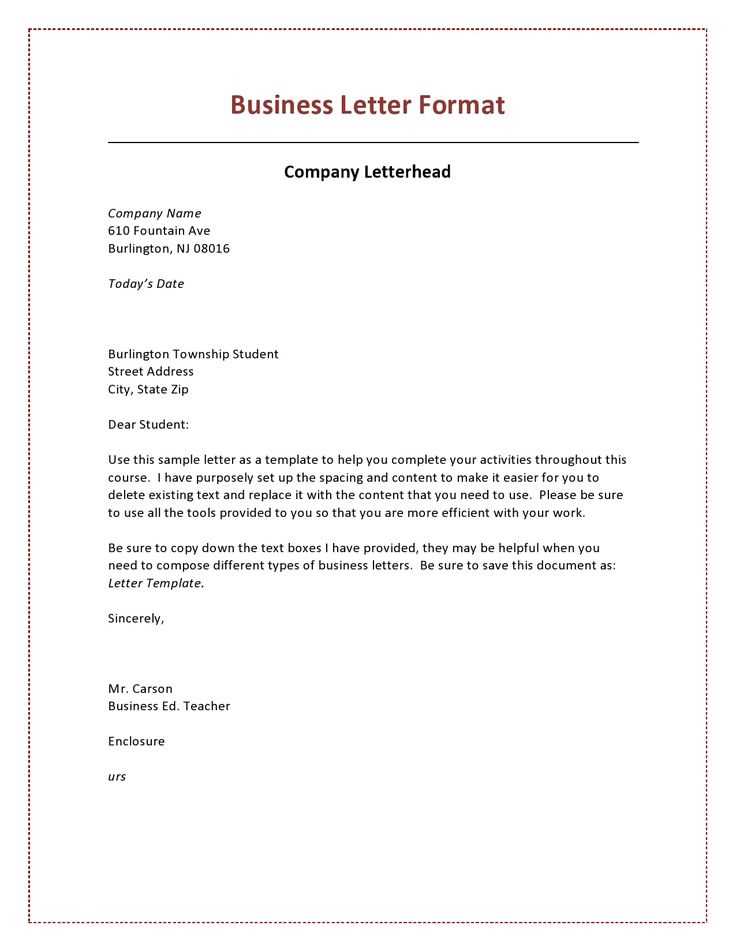
- Present your ideas in a logical order, prioritizing the most important information first.
- Use bullet points or numbered lists to break down complex ideas, making them easy to digest.
3. Keep Paragraphs Focused
Each paragraph should cover one point. Don’t mix different ideas in the same paragraph, as it can confuse the reader. Be concise, and get to the point quickly.
4. Conclude with a Clear Call to Action
End with a direct request or action step, leaving no ambiguity about what needs to happen next.
Key Points to Include in the Opening
Begin by clearly stating the purpose of the letter. This helps the board members immediately understand the topic at hand and why their attention is needed.
- Address the recipients directly: Use their official titles and names to maintain professionalism and respect.
- Be clear about the agenda: Briefly outline the main topics or issues that will be discussed. This sets the tone for the rest of the letter.
- State the importance: Highlight why the discussion or decisions to be made are significant for the organization.
Next, express your intention to collaborate or seek input. This shows you value the board’s insight and contributions to the matter.
- Set the tone of collaboration: Use language that invites discussion or feedback, signaling openness.
- Avoid ambiguity: Make sure the objectives are clear to avoid confusion or misinterpretation later on.
By addressing these key points in the opening, you provide clarity and establish a professional, engaging tone from the start.
How to Highlight Important Issues
Clearly define the issue in question and explain its potential impact on the organization. Use specific data or examples to demonstrate the significance, avoiding vague or generalized statements. Provide context for the issue, focusing on how it ties into the broader organizational goals or strategy.
Use bullet points or numbered lists to break down key aspects of the issue. This makes it easier for board members to grasp the most relevant points quickly. Prioritize these points based on their urgency and potential outcomes, guiding the board through the most critical aspects first.
Incorporate visual aids like charts, graphs, or tables to present data that supports the issue’s importance. A clear visual representation can make the information more digestible and less likely to be overlooked.
Be direct about the action required from the board, whether it’s a decision, review, or approval. Offer a concise, actionable plan for addressing the issue, outlining clear next steps and responsibilities.
Summarize the potential risks of not addressing the issue and the benefits of timely action. This can help drive home the urgency of the matter and encourage prompt decision-making from the board members.
Including Actionable Requests and Next Steps
Clearly outline the specific actions you need from the board. Use concise language to describe each task and assign clear deadlines. For example, if you need approval for a new project, state the exact decision required and the expected timeline for feedback. This approach ensures everyone understands their role and the timeline for completion.
Next, provide a roadmap for follow-up. Mention who will be responsible for updating the board on progress and set a time for the next check-in. This keeps the momentum going and ensures accountability for each step. Offering a structured timeline with milestones can help track progress and avoid delays.
Lastly, make sure to highlight any immediate next steps that require urgent attention. Prioritize these actions so they don’t get lost in ongoing discussions. Clear, actionable tasks will help the board members stay focused and aligned on critical objectives.
Polishing Your Letter for Final Presentation
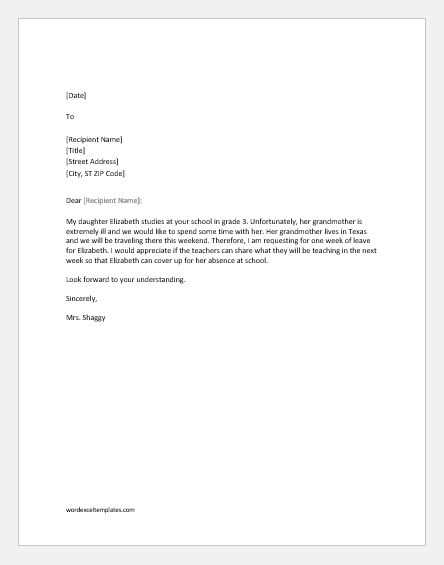
Ensure your letter is clear and concise by reviewing each sentence for relevance. Avoid redundant phrases and ensure every word contributes to the core message. Strengthen the tone by using active voice and direct statements, which create a sense of clarity and confidence.
Organize your content logically, with each section naturally leading to the next. Group related ideas together and break complex concepts into digestible points. This makes your letter easier to follow and ensures the reader grasps the key takeaways without unnecessary effort.
Check for consistency in style and format. Font choices, headings, and bullet points should align with the tone you aim to convey. Consistent formatting not only enhances readability but also reflects professionalism.
Use a spell checker and grammar tool, but also read through the letter yourself. Automated tools can miss nuances or context-specific errors that a manual review will catch. Pay close attention to common mistakes like subject-verb agreement and punctuation misuse.
| Step | Action |
|---|---|
| Clarity | Review each sentence for relevance and eliminate unnecessary words. |
| Structure | Ensure logical flow and grouping of related ideas. |
| Consistency | Check that formatting and style are uniform throughout the document. |
| Proofreading | Use a combination of tools and manual review to catch errors. |
Lastly, take a break before doing your final read-through. This will give you fresh eyes to catch any remaining issues that might have slipped through earlier revisions.